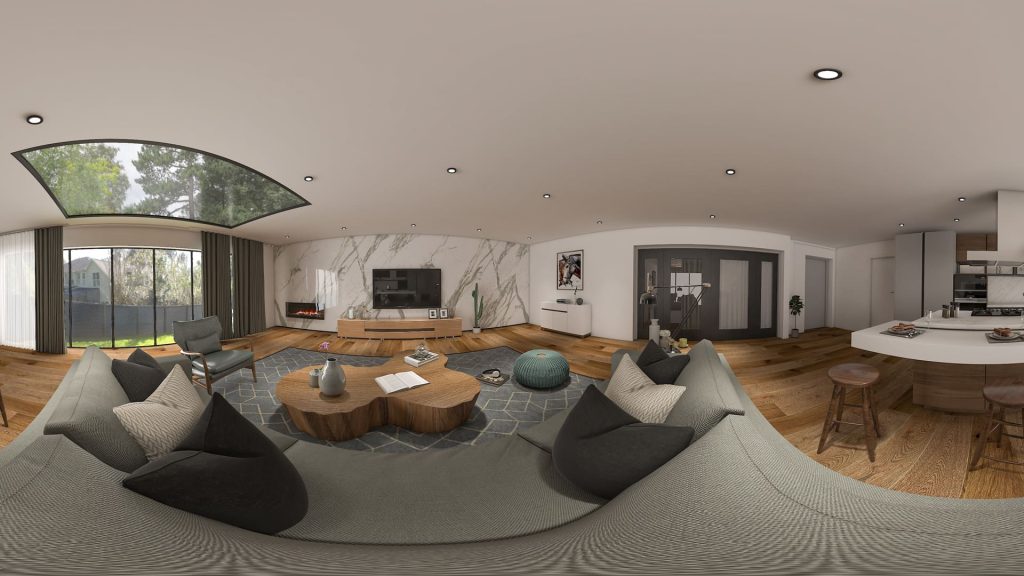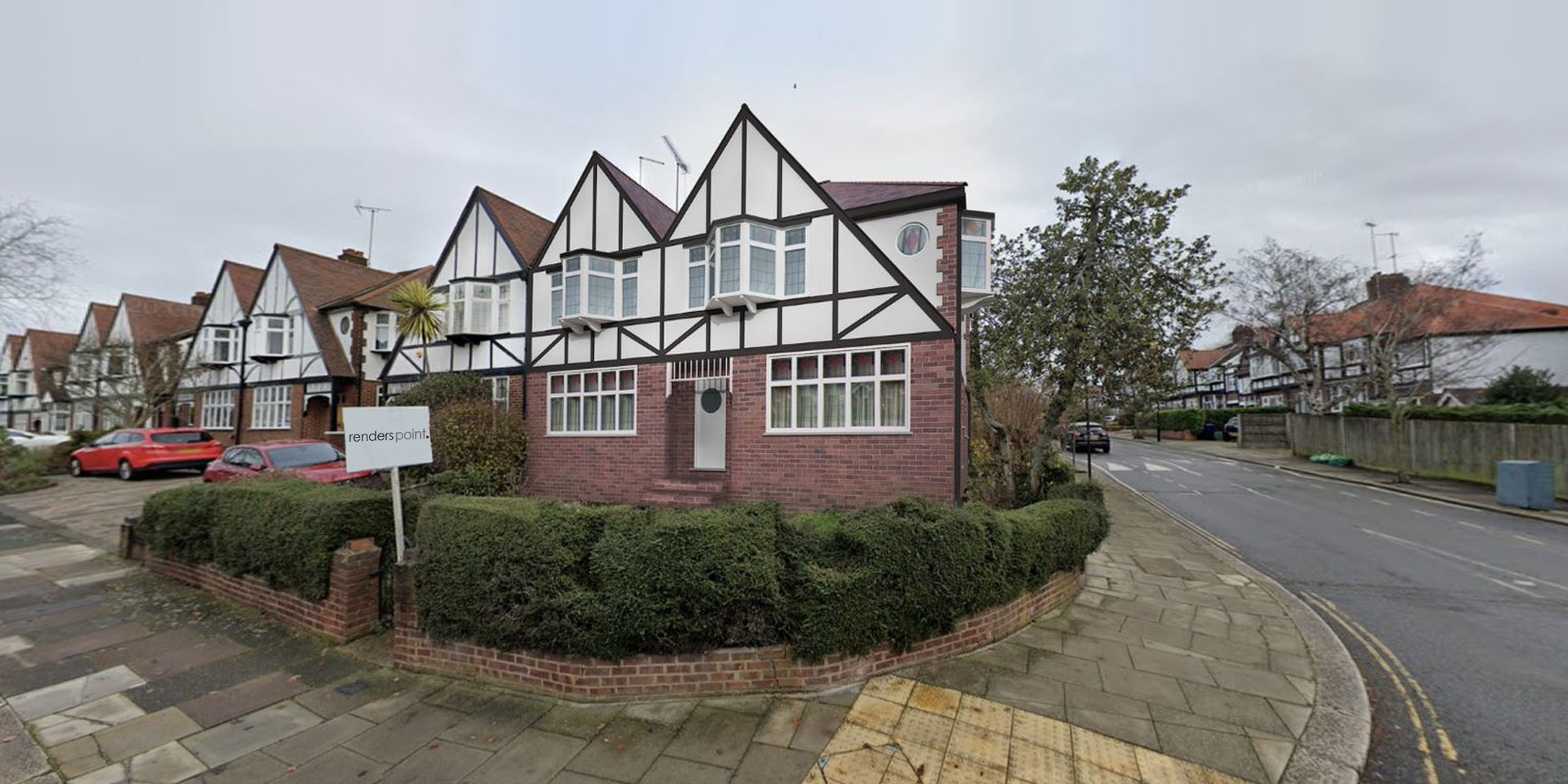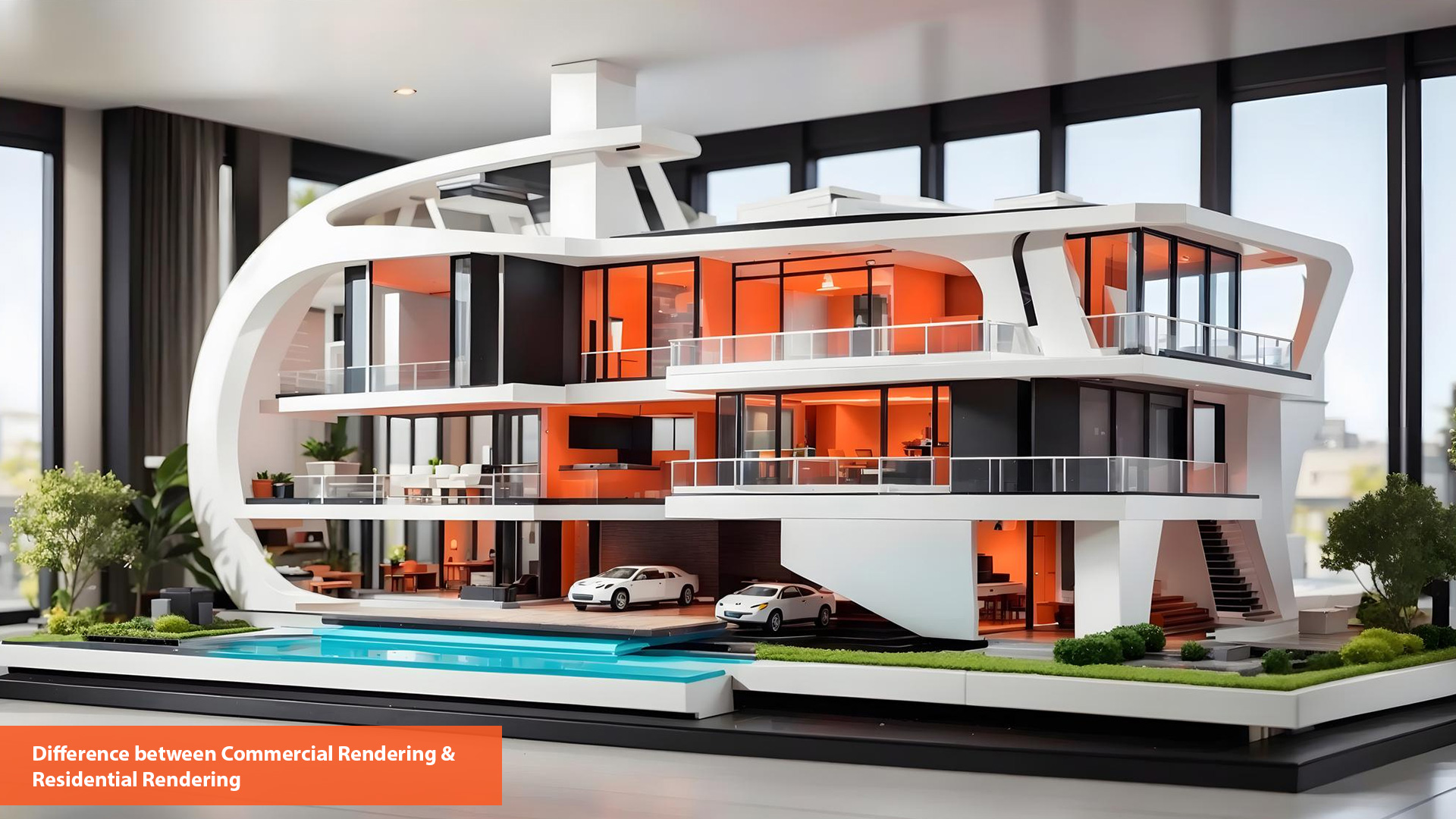Read how 360 degree tours are revolutionizing real estate industry? Are you tired of scheduling endless property visits, only to find out they weren’t what you were looking for? Or, as a seller, are you frustrated with the time-consuming process of preparing your property for every potential buyer and the growing marketing challenges? Enter 360-degree tours – the game-changing technology that’s transforming the real estate industry. By providing a fully immersive and interactive experience, 360-degree tours are making the buying and selling process easier and more efficient than before. In this blog, we’ll explore 10 ways 360-degree tours are revolutionizing real estate. So let’s dive in!
What is 360-degree tour? Gone are the days of flipping through static images of a property and trying to imagine how it would be like to be there. With a 360-degree virtual tour, buyers can get a real sense of the property’s layout, size, and overall feel. For sellers, it’s an excellent way to showcase their property and attract more potential buyers. A 360-degree virtual tour is a digital representation of a physical space that allows viewers to explore it from every angle, as if they were actually there. This technology has become increasingly popular in the real estate industry, as it enables buyers to virtually tour a property from the comfort of their own home.
How 360 Degree Tours are Revolutionizing Real Estate
Let’s have a look at 10 perspectives that give a clear picture that 360 degree virtual tour is here to stay and is indeed the future of real estate industry. Here are some ways through which 360 degree tours are revolutionizing real estate market.
A) 360-Degree Tours is better than Traditional Property Viewings
360 degree property tours allow potential buyers to virtually walk through a property without physically being there, providing a convenient and accessible way to view properties. In contrast, traditional property viewings require scheduling a time to physically visit the property, which can be inconvenient and time-consuming. Here is a table outlining the differences between 360-degree tours and traditional property viewings:
| 360 Degree Tours | Traditional Property Viewings | |
| Convenience | Can be taken from anywhere and at any time | Requires scheduling and physical presence |
| Accessibility | Provides access to remote or difficult-to-reach properties | Limited by location and accessibility |
| Cost-Effectiveness | Reduces travel costs and time spent on physical visits | Can be costly and time-consuming |
| Immersion | Offers an immersive, interactive experience | Limited by the scope and quality of the physical viewing |
| Flexibility | Allows for customization and personalization of the viewing experience | Limited by the scope and quality of the physical viewing |
B) 360-Degree Tours provide an immersive experience
360-degree tours provide an immersive experience to potential buyers by allowing them to virtually walk through the property as if they were physically there. The interactive nature of these tours enables buyers to control their viewing experience and explore every detail of the property at their own pace.
This level of immersion creates a deeper emotional connection with the property, which can lead to increased engagement and ultimately, more successful property sales. For example, a buyer in another country can take a virtual tour of a property located in a different state or country, giving them a better idea of the space and saving them time and money on travel expenses.
C) Improved marketing opportunities with 360-Degree house Tours
With the help of 360-degree house tours, sellers can create a virtual open house and share it with interested buyers, even those who are located in different parts of the world. This enables buyers to take a virtual tour of the property and get a feel for it before scheduling a physical visit, which saves time and effort for both parties involved.
For example, a real estate agent can use a 360-degree tour to market a luxury apartment to potential buyers. By showcasing the unique features and amenities of the property through a virtual tour, it can attract more interested buyers and increase the chances of selling the property at a higher price.
D) Highlights Detailed Features/USP of the Proposed Property
When creating a virtual tour, it’s essential to showcase what makes the property stand out from the rest. By emphasizing the features that are unique, realtors can turn potential buyers interested in the property. For example, if a property has a stunning view, the virtual tour can be used to showcase this view from different angles. Similarly, if the property has a unique layout, the tour can be designed to highlight the flow of the space and how it differs from other properties.
E) 360 Degree View Builds an Emotional Connect
By offering a virtual walk-through of the property, buyers can envision themselves being living in the space and experience the feeling of being there. This can create a stronger emotional attachment to the property and increase the likelihood of a sale.
For example, imagine a couple is looking for a new home and comes across a 360-degree tour of a property. As they navigate through the tour, they are able to imagine themselves cooking in the kitchen, relaxing in the living room, and enjoying the backyard with their children. The immersive experience of the tour helps to build an emotional connection to the property and increases their desire to make it their own.
F) Gain a Competitive Advantage with 360 Degree Virtual Tour Photography
360-degree tours are more than just a tool to showcase a property – they also provide a competitive edge in the real estate market. Properties with 360-degree tours have been shown to have higher engagement rates and faster sales compared to those without. By offering a 360-degree tour, real estate agents and sellers can set their properties apart and attract more potential buyers.
For example, let’s say you’re selling a beautiful beachfront property in a highly competitive real estate market. While there may be many other similar properties for sale, you can use a 360-degree tour to give your property an edge. By showcasing the stunning views, unique layout, and special amenities in a 360-degree tour, potential buyers can get a more immersive and memorable experience of the property. This can lead to higher engagement rates, more offers, and ultimately a faster sale compared to properties without a 360-degree tour.
G) 360 Degree House Tour is Budget Friendly Too
Traditionally, real estate agents had to spend a considerable amount of time and money to showcase properties to potential buyers. However, 360 degree tours have emerged as a cost-effective solution that helps sellers and real estate agents save time and money. By creating a 360 degree tour, sellers can showcase their property to potential buyers without having to conduct multiple in-person viewings.
Additionally, the technology required to create 360-degree tours is becoming more affordable and accessible, making it easier for sellers to create high-quality virtual tours. For example, a real estate agent in a small town can create a 360-degree virtual tour of a property and showcase it to buyers from all over the world. This allows the agent to reach a wider audience and saves them the cost and hassle of conducting multiple in-person viewings.
H) Enhanced Customer Service with 360 degree view
360-degree tours provide buyers with a more personalized and informative experience, leading to enhanced customer service. Potential buyers can view a property at their convenience, from anywhere in the world. This provides them with more flexibility and helps make a well-informed decision about the property. Real estate agents can also offer better customer service by providing 360-degree tours. By giving buyers access to virtual tours, agents can showcase their expertise and build a relationship of trust with potential buyers. For example, a real estate agent can provide a virtual tour of a property to a busy professional who cannot take time off work to attend an in-person viewing. This allows the buyer to view the property at their convenience and helps the agent provide a high level of customer service.
I) Insightful 360 degree Feedback
360-degree tours provide a platform for gathering feedback from potential buyers. Sellers and real estate agents can conduct 360 surveys and can use this feedback to improve the property and tailor their marketing strategy. By gathering 360 degree feedback, real estate agents can identify/find areas that need improvement and make necessary changes before listing the property for sale.
Additionally, realtors can use feedback to create a more targeted marketing campaign that appeals to the specific needs and preferences of potential buyers. For example, a real estate agent can gather feedback from potential buyers who viewed a 360-degree tour of a property. If most buyers express concerns about the lack of natural light, the agent can make changes to improve the lighting in the property before listing it for sale. Additionally, the agent can create a marketing campaign that highlights the improved lighting, thereby attracting more potential buyers who are looking for a property with ample natural light.
J) 360 degree virtual tours create a strong first impression for potential buyers
By providing a high-end, tech-savvy service, buyers are more likely to trust the brand and its offerings. This creates a lasting impression and enhances the reliability of the developer. In a competitive market, virtual tours provide an X-factor that sets the brand apart.
K) The Future of Real Estate: 360 Degree Tours will be a new normal
As the demand for immersive and convenient virtual experiences continues to rise, 360-degree tours are poised to become the new normal in the real estate industry. In the future, it’s likely that more and more real estate agents and sellers will incorporate 360-degree tours as a standard part of their marketing strategy. As technology continues to evolve, more innovative uses of 360-degree tours in the real estate industry. From virtual staging to augmented reality, the possibilities are endless for how this technology can transform the way we buy and sell properties.
Bottom Line
360 degree virtual tours have transformed the way real estate is marketed and sold. From providing an immersive experience to cost-effective solutions, it has revolutionized the industry. If you are a realtor/ real estate stakeholder or a seller looking to stay ahead in the game, incorporating 360-degree tours into your marketing strategy is a must. Embrace this technology and give your clients the best experience possible. For more such interesting updates stay tuned with our blog. Reach out to us to game up your 3D visualization vision.








